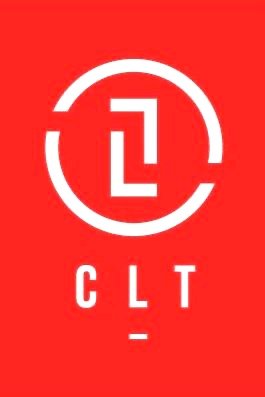Recently, someone asked Collaborative Leadership Team about a good Product Owner job description. Did we have one?
The short answer we provided was no. The longer answer involves questions that need answering of course. Why is a Product Owner being hired? If the company has been in existence for any amount of time and has an existing product, there already is a Product Owner there. That person’s title may not be “product owner” but there is somebody performing in that capacity or the product and/or company wouldn't exist. Scrum isn’t something done in addition to doing work. It is a different way of doing the work.
Follow up questions would need asking of whoever is performing in that role currently. Do they know that Scrum is a different way to do the work? Do they not want to use Scrum to do the work? Are they saying they don’t want to be involved with that product any longer? Is that person leaving the company or moving to a different role?
Product Owners need extensive market, customer and product knowledge. It's rare for someone off the street to walk in with that.
Or is this a case of fake Scrum. The question to ask is this: Does the company want a Business Analyst but they are calling it P.O.? Or do they want a Project Manager but they say it’s a P.O. role?
According to the official Scrum Guide (https://scrumguides.org) Product Owners’ decisions are respected; they are not overturned. Another question to ask an organization who is hiring for a Product Owner, as opposed to identifying one, is about authority. Product Owner’s have the authority to make decisions about the Product. Those decisions are respected. , a Product Owner will seek input before making a decision but asking for input is not the same as having to ask for permission.
There are companies moving into a new market but still want a knowledgeable Product Owner. They might have to look outside the company.
But that’s another question to ask about why this position is available.
Ok how do you identify a Product Owner in the company? Start with what the Product is. Look at your company from the point of view from a paying Customer. What is your Product. Let’s say you sell insurance. The “system” is not the product. The coverage is. There would be someone who has the knowledge, the authority over scope, schedule and budget or you wouldn’t be able to offer that insurance. When you find that person, you have identified your Product Owner. Start by asking the questions at the beginning of this post about wanting to do their work differently.
If you’d like to learn how to be an exceptional Product Owner, please join us for an In Person, socially distanced class or a Virtual class here




